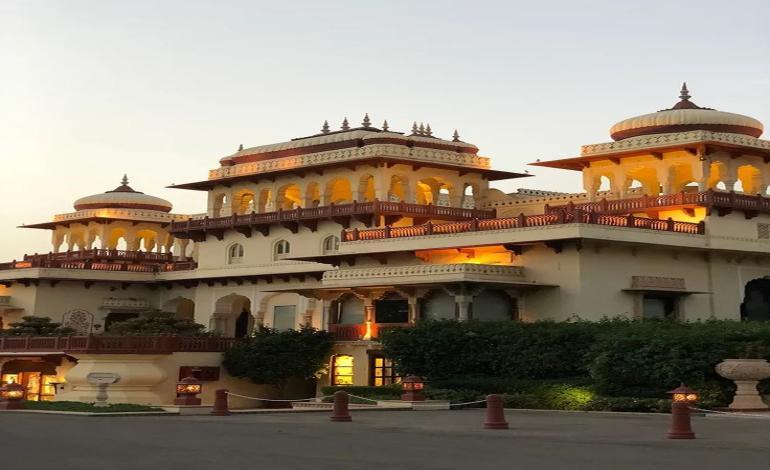


Tucked away near Jodhpurs railway lines, Rai Ka Bag Palace stands as an often-overlooked jewel of Marwars architectural heritage. Built during the reign of Maharaja Jaswant Singh I (1638-1678), this palace originally served as a seasonal retreat where the royal family could escape Mehrangarh Fort during monsoon rains, enjoying the palaces namesake gardens (bagh) and cooling water features.
The palace showcases a fascinating transitional style
Rajput Defensive Features Thick walls and elevated position
Mughal Influences Delicate lattice screens and arched niches
Unique Rainwater Harvesting Sophisticated channels feeding palace tanks
Key sections include:
The Central Courtyard: Once filled with fragrant champa trees
Baradari Pavilion A twelve-doored pleasure pavilion for royal gatherings
Sheesh Mahal Remnants Faint traces of mirror work in upper chambers
Rai Ka Bag witnessed pivotal moments:
Hosted negotiations between Marwar and Mughal emissaries
Served as temporary residence during 18th-century dynastic conflicts
Was partially converted into a British Residency during colonial era
Though currently housing the Rajasthan High Courts additional benches, visitors can
Admire the facades intricate stone carvings
Explore permitted areas during office hours
Imagine royal splendor while strolling perimeter gardens
Little-Known Facts:
The palaces gardens once grew rare medicinal herbs
Its underground chambers allegedly connect to Mehrangarh Fort
Featured in Rudyard Kiplings sketches of Rajputana